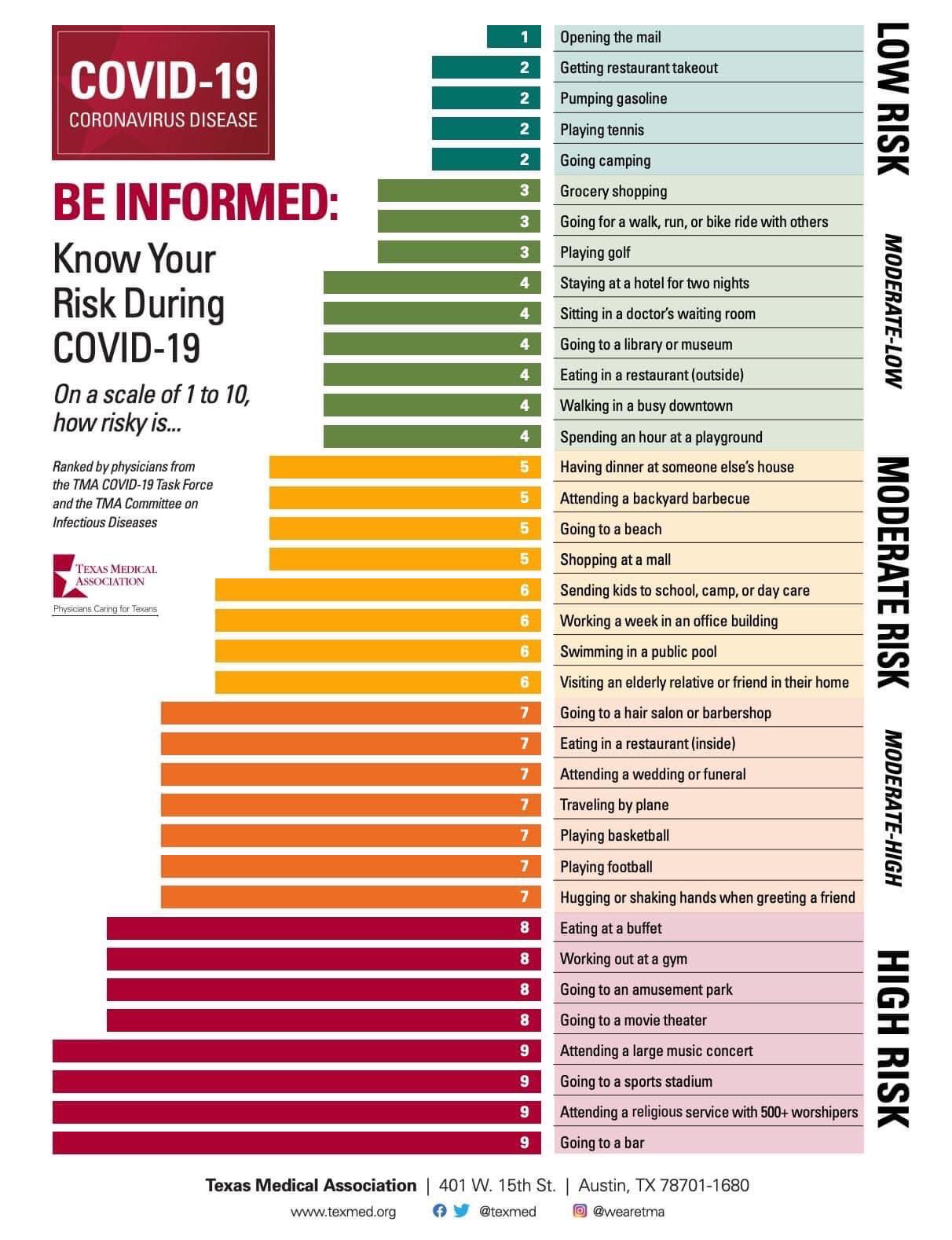As I said in the section of the post you quoted, I'm not sure if the data has been released so corroborating it may or may not be possible, but from the people I know working on the problem, that is certainly how they are interpreting it. They are not working from general numbers available to the public and getting their COVID news from the newspaper, they are a part of the pandemic response. It's a long thread but as I mentioned once or twice earlier in it, I have a few friends on the US side working on this problem (as doctors, not as politicians) and my wife's field was the study of communicable disease on reserves.
The doctors I know are not seeing the same specific issue with black patients and both genetic susceptibility and indifference to various diseases is pretty common - famously sickle cell disease affects practically nobody north of about Spain - so although I have not gone into great detail with them it's likely that there is a good basis for their working theory. This does not obviate the obvious correlational issue with multigenerational housing, industrial work and in-home care work that's predominantly hispanic in the US, but it's potentially exacerbating it.
Regardless, even if you reject the genetic susceptibility concept, it would still make sense to treat "hispanic" as a statistical risk factor...there is an established higher risk in US hispanic populations, regardless of the nature-nurture problem.


